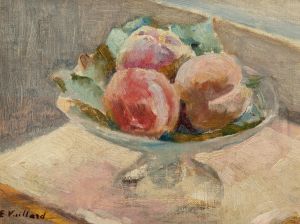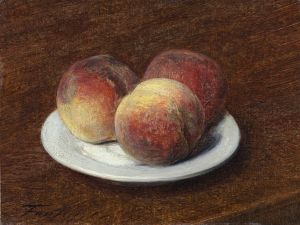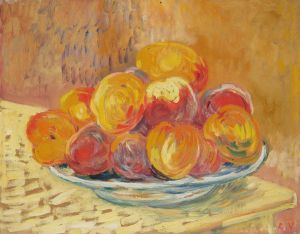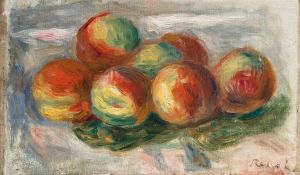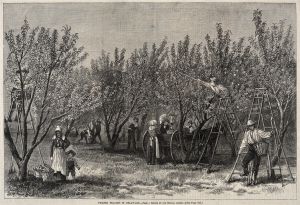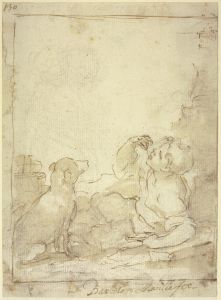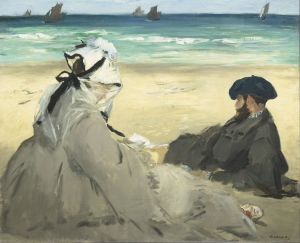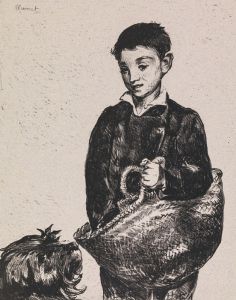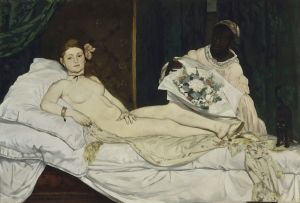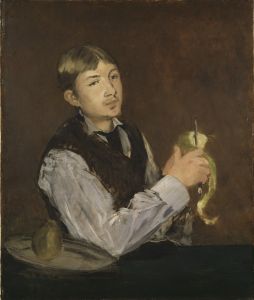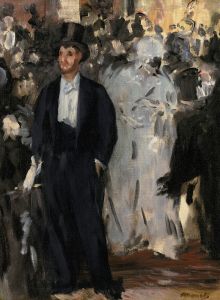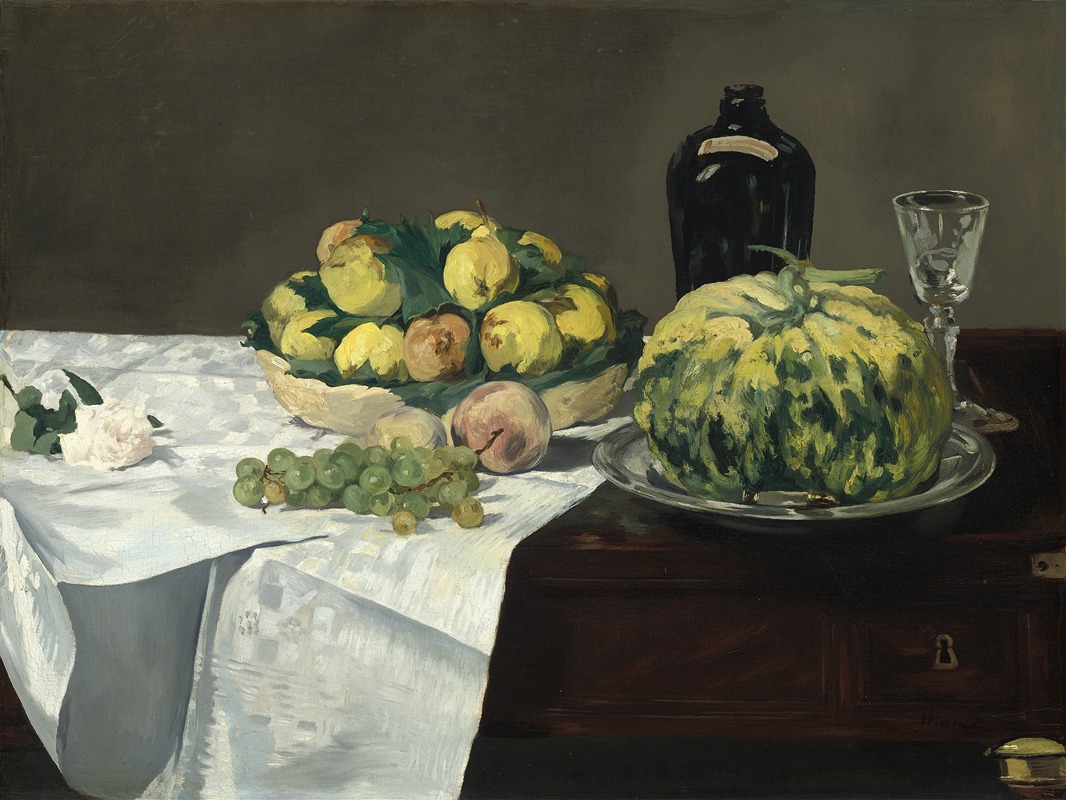
Still Life with Melon and Peaches
A hand-painted replica of Édouard Manet’s masterpiece Still Life with Melon and Peaches, meticulously crafted by professional artists to capture the true essence of the original. Each piece is created with museum-quality canvas and rare mineral pigments, carefully painted by experienced artists with delicate brushstrokes and rich, layered colors to perfectly recreate the texture of the original artwork. Unlike machine-printed reproductions, this hand-painted version brings the painting to life, infused with the artist’s emotions and skill in every stroke. Whether for personal collection or home decoration, it instantly elevates the artistic atmosphere of any space.
Édouard Manet's Still Life with Melon and Peaches is a notable example of the artist's exploration of still life painting, a genre that he frequently revisited throughout his career. Painted in 1866, this work reflects Manet's interest in capturing the textures, colors, and forms of everyday objects with a sense of immediacy and vitality.
The painting depicts a carefully arranged composition of fruit, including a sliced melon, peaches, and grapes, placed on a simple table. The objects are rendered with a loose, painterly technique that emphasizes the play of light and shadow across their surfaces. The vibrant hues of the fruit contrast with the darker, more subdued background, creating a striking visual effect. This approach aligns with Manet's broader artistic style, which often sought to bridge the traditions of classical still life with the innovations of modern painting.
Manet's still lifes were highly regarded during his lifetime and were often praised for their technical skill and fresh perspective. Unlike some of his more controversial works, such as Olympia or Le Déjeuner sur l'herbe, his still life paintings were generally well-received by critics and collectors. They also demonstrate his ability to focus on the intrinsic beauty of everyday objects, elevating them through his artistry.
Still Life with Melon and Peaches is housed in the National Gallery of Art in Washington, D.C., where it remains an important part of the museum's collection. The painting is often studied in the context of Manet's broader oeuvre and his influence on the development of modern art. It serves as a testament to his skill in capturing the ephemeral qualities of light and texture, as well as his ability to infuse seemingly simple subjects with a sense of depth and significance.
This work is a prime example of how Manet's still lifes contributed to the evolution of the genre, bridging the gap between traditional approaches and the more experimental tendencies of the Impressionists and other modern artists who followed him.





